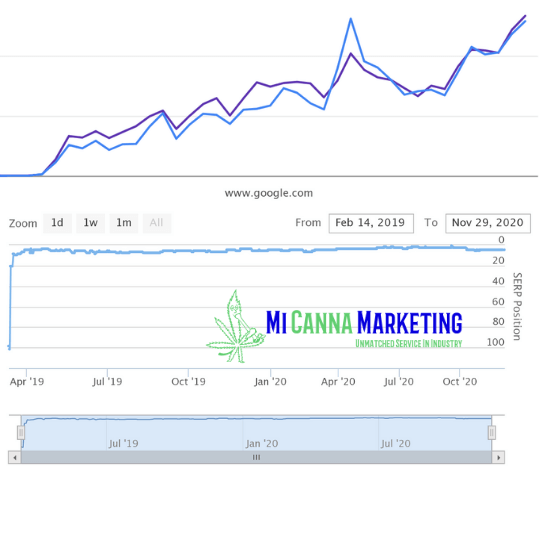Carbon: The Key Element
At the heart of every living being on this planet lies a fundamental element that plays a crucial role in the existence of life as we know it – carbon. This remarkable element is not only the fourth most abundant element in the universe, but it is also the basis of organic chemistry, forming the backbone of all living organisms. From the air we breathe to the food we eat, carbon is present in every aspect of our daily lives. In this article, we will delve into the secrets of carbon, exploring its unique properties, its various forms, and its significance in the natural world.
The Basics of Carbon
Carbon is a non-metallic element that is known for its versatility and ability to form a vast number of compounds. It is classified as a Group 14 element on the periodic table, alongside silicon, germanium, tin, and lead. One of the key reasons for carbon’s exceptional properties is its ability to form stable covalent bonds with other atoms, allowing it to create a diverse array of compounds.
Allotropes of Carbon
One of the most fascinating aspects of carbon is its ability to exist in multiple allotropic forms, each with unique properties and structures. The most well-known allotropes of carbon include diamond, graphite, and fullerenes.
-
Diamond: Known for its hardness and brilliance, diamond is made up of carbon atoms arranged in a tetrahedral lattice structure. This arrangement gives diamond its exceptional strength and durability, making it one of the hardest naturally occurring substances on Earth.
-
Graphite: In contrast to diamond, graphite has a layered structure in which carbon atoms are arranged in sheets. These sheets are held together by weak van der Waals forces, allowing them to slide past each other easily. This gives graphite its slippery feel and makes it an excellent lubricant.
-
Fullerenes: Fullerenes are carbon molecules that take the form of hollow spheres, ellipsoids, or tubes. The most famous fullerene is the buckminsterfullerene or Buckyball, which resembles a soccer ball with a pattern of hexagons and pentagons. Fullerenes have unique properties that make them promising contenders for applications in nanotechnology, medicine, and materials science.
Carbon Compounds
Carbon’s ability to form a wide range of compounds is a testament to its versatility in nature. Organic compounds, which are primarily composed of carbon and hydrogen, form the basis of all life on Earth. The diversity of organic compounds is staggering, ranging from simple molecules like methane (CH4) to complex polymers such as DNA and proteins.
One of the key features of carbon compounds is isomerism, where molecules with the same molecular formula can exist in different structural arrangements. This phenomenon leads to a vast array of compounds with distinct properties and functions.
Carbon in the Environment
The carbon cycle is a fundamental process that regulates the flow of carbon through the Earth’s atmosphere, oceans, soil, and biosphere. Carbon exists in various forms in the environment, including carbon dioxide (CO2), carbon monoxide (CO), and organic carbon.
-
Carbon dioxide is a greenhouse gas that plays a critical role in Earth’s climate system. It is produced through natural processes such as respiration and volcanic eruptions, as well as human activities like burning fossil fuels. Excess carbon dioxide in the atmosphere contributes to global warming and climate change.
-
Organic carbon is found in living organisms, soil, and sediment. It is a vital component of the carbon cycle, as it is cycled through the atmosphere, plants, animals, and the soil in a series of interconnected processes.
Industrial Applications
Carbon’s unique properties make it a versatile material with a wide range of industrial applications. Some of the key uses of carbon and carbon-based materials include:
-
Carbon fibers: Known for their high tensile strength and light weight, carbon fibers are widely used in aerospace, automotive, and sports equipment industries.
-
Activated carbon: Activated carbon is a highly porous form of carbon that is used for water and air purification, as well as in gas masks and filters.
-
Carbon black: This form of carbon is used as a reinforcing agent in rubber products, such as tires, to improve their strength and durability.
-
Graphene: Graphene, a single layer of carbon atoms arranged in a two-dimensional honeycomb lattice, has exceptional electrical and mechanical properties. It shows promise in a wide range of applications, including electronics, energy storage, and biomedical devices.
Conclusion
In conclusion, carbon is truly the key element that underpins the fabric of life on Earth. Its unique properties, diverse forms, and essential role in the environment make it a truly remarkable element. From the sparkle of a diamond to the strength of carbon fibers, the impact of carbon on our daily lives is undeniable. By understanding the secrets of carbon, we gain a deeper appreciation for the natural world and the interconnectedness of all living things.
Frequently Asked Questions (FAQs)
1. What makes carbon such a versatile element?
Carbon’s ability to form stable covalent bonds with other atoms allows it to create a vast number of compounds, making it the basis of organic chemistry and the building block of life.
2. How does carbon contribute to climate change?
Carbon dioxide, a greenhouse gas produced through human activities like burning fossil fuels, is a major contributor to global warming and climate change.
3. What are some everyday products that contain carbon?
Carbon can be found in a wide range of everyday products, including plastics, rubber, fabrics, medicines, and food items.
4. How is carbon used in industry?
Carbon and carbon-based materials are used in various industries for applications such as manufacturing, construction, energy production, and electronics.
5. What are the health risks associated with carbon monoxide exposure?
Carbon monoxide is a toxic gas that can be harmful or even fatal if inhaled in high concentrations. Common sources of carbon monoxide include car exhaust and faulty heating systems.




